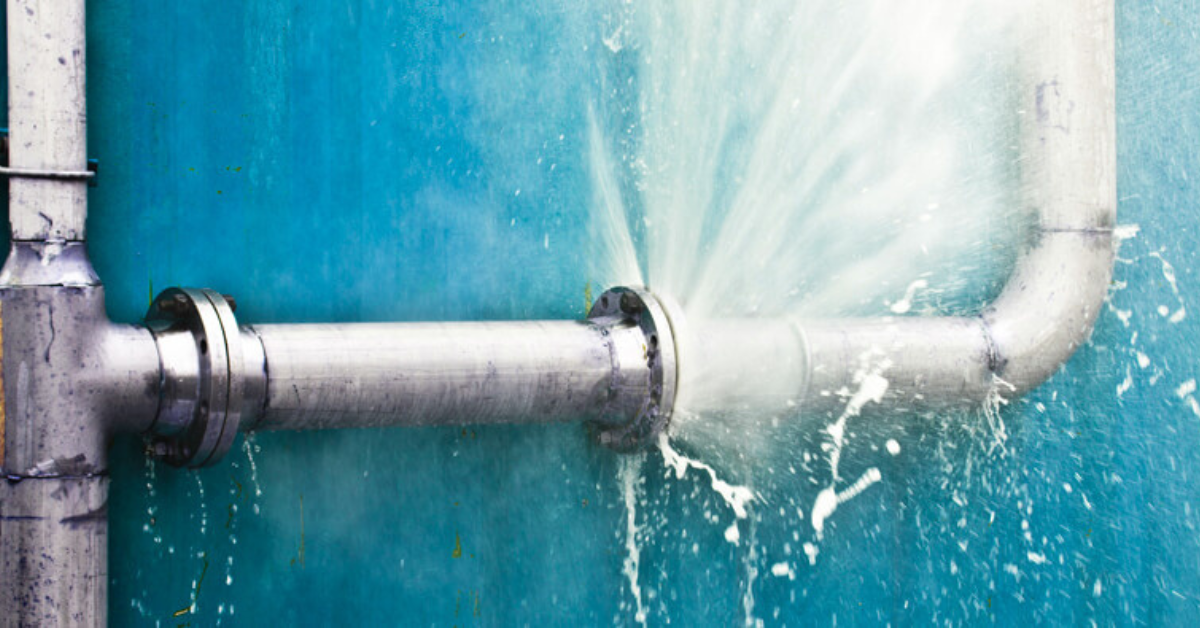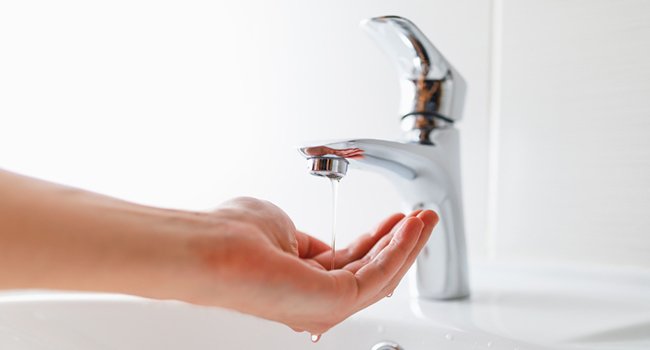Easy-to-Follow Tips for Rectifying Low Water Pressure in Your Home
Easy-to-Follow Tips for Rectifying Low Water Pressure in Your Home
Blog Article
The article listed below involving Dealing with Low Water Pressure in Your Home is definitely informative. You should read it.

Low tide stress in your home can be an irritating trouble, affecting every little thing from showering to cleaning dishes. If you're experiencing weak water flow, there are several possible reasons and solutions to explore. In this overview, we'll discuss usual reasons for low water stress and functional actions to address the problem effectively.
Introduction to Low Tide Stress
Low tide stress happens when the circulation of water from your faucets, showers, and various other fixtures is weak than typical. This can make day-to-day tasks much more difficult and much less efficient. Comprehending the sources of low water pressure is critical to finding the ideal option.
Common Root Causes Of Low Tide Pressure
Faulty Stress Regulators
Pressure regulatory authorities are accountable for keeping consistent water stress in your home. If they malfunction, it can lead to low tide pressure or uneven flow throughout the house.
Municipal Water System Issues
Occasionally, the trouble lies outside your home. Municipal supply of water issues, such as main line leaks or maintenance work, can temporarily minimize water pressure in your location.
Pipeline Obstructions
Gradually, pipes can end up being obstructed with mineral deposits, debris, or debris, limiting the flow of water. This is an usual problem in older homes with galvanized steel pipelines.
Corrosion
Corrosion within pipes can cause leakages and lowered water pressure. Corrosion buildup can restrict water flow, particularly in aging plumbing systems.
How to Detect Low Tide Stress
Checking Pipelines
Inspect noticeable pipelines for signs of leakages, rust, or blockages. Take note of any kind of unusual sounds, such as knocking or rattling pipelines, which could indicate concerns within the plumbing system.
Consulting with a Plumber
If you're unable to determine the source of low tide pressure, think about hiring a professional plumber to perform a thorough inspection. They can determine underlying concerns and suggest appropriate options.
Checking Faucets and Fixtures
Begin by checking the water stress at various taps and components throughout your home. If the concern is isolated to details areas, it may suggest local troubles.
DIY Solutions to Repair Low Water Pressure
Flushing Water Heater
Sediment buildup in the water heater can limit circulation and minimize effectiveness. Purging the storage tank regularly assists get rid of debris and maintain ideal performance.
Examining Pressure Regulatory Authority
Make certain that the stress regulator is operating appropriately. Changing or replacing the regulator can aid restore proper water pressure throughout your home.
Cleaning Up Aerators and Showerheads
Natural resources can gather in aerators and showerheads, reducing water circulation. Eliminate and clean these components regularly to enhance water stress.
Cleaning Clogs in Piping
For small obstructions, attempt making use of a plumbing snake or chemical drain cleaner to clear obstructions in pipelines. Be cautious when using chemicals and comply with safety guidelines.
When to Call an Expert Plumber
If DIY initiatives stop working to deal with the problem or if you presume significant plumbing issues, it's best to seek help from a certified plumber. They have the knowledge and tools to address complicated concerns safely and properly.
Safety Nets to Maintain Water Stress
Setting Up a Stress Booster
Take into consideration setting up a stress booster pump to improve water pressure in locations with consistently reduced circulation. This can be especially advantageous for multi-story homes or buildings with high-demand components.
Monitoring Water Usage
Bear in mind water usage routines and prevent overtaxing the plumbing system. Straightforward modifications, such as incredible showers and washing tons, can help maintain appropriate water pressure.
Normal Upkeep
Set up regular maintenance for your plumbing system to stop issues such as corrosion, leakages, and blockages. Addressing minor issues early can help prevent more substantial repairs later on.
Final thought
Handling low water pressure can be frustrating, yet recognizing the underlying causes and executing suitable options can bring back ideal circulation throughout your home. Whether it's cleaning up aerators, checking pipelines, or seeking advice from a plumber, taking aggressive actions can make certain a constant supply of water for your day-to-day needs.
FOUR WAYS TO FIX LOW WATER PRESSURE NOW
Turning on a shower or faucet only to find the water comes out in a sad, slow drizzle is never a good feeling. How exactly are you supposed to wash a pan or take a quick shower when it takes 10 minutes just to rinse off a little soap? The good news is that when your water pressure is bad, there's always a cause: typically one that can be easily fixed. Here are some of the most common causes of low pressure and what you can do to fix the issue:
DEBRIS AND MINERAL DEPOSIT BUILDUPS
If you notice low water pressure from just one or two of the fixtures in your house, the problem likely has to do with debris buildup. Water is full of minerals and other debris, all of which can accumulate in your pipes and on your fixtures. This can cause a blockage that affects how much water flows through. To fix this, try filling a small plastic bag with white vinegar, and use a rubber band to hang it around your showerhead or faucet. Let the head of the fixture soak for a few hours, and the vinegar should loosen the deposits.
WATER LEAKS
Leaks are another common cause of low water pressure. If water is flowing out of your plumbing through a hole or crack before it can reach your fixture, the pressure coming out of the faucet or showerhead will be lower. A plumbing professional is your best bet for finding and repairing a leak in your water supply pipes.
Leaks are another common cause of low water pressure. If water is flowing out of your plumbing through a hole or crack before it can reach your fixture, the pressure coming out of the faucet or showerhead will be lower. A plumbing professional is your best bet for finding and repairing a leak in your water supply pipes.
A VALVE ISSUE
If you have low water pressure throughout your home, check your main shut-off valve to make sure it's completely open. You may also want to see if there's a pressure-reducing valve installed. If there is, have a plumber help you adjust the settings to get the pressure you're looking for.
OTHERS USING WATER
Believe it or not, your low water pressure could be caused by your neighbors. If you notice low pressure at certain times of day, it may be because you and the people living next to you have similar schedules - when everyone is showering at the same time, the pressure will be lower in every home. Low pressure throughout the neighborhood may also be caused by an issue with your municipal water supply. If that's the case, call the supplier to see if they're working on the issue.
https://www.rotorooter.com/blog/water-leaking/low-water-pressure-fixes/

I ran across that content on while doing a search on the search engines. Are you aware of another person who is involved in 10 Reasons for Low Water Pressure in Your House? Do not hesitate to share it. I thank you for reading our article about .
Book Maintenance Report this page